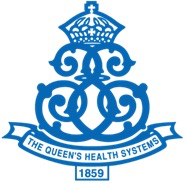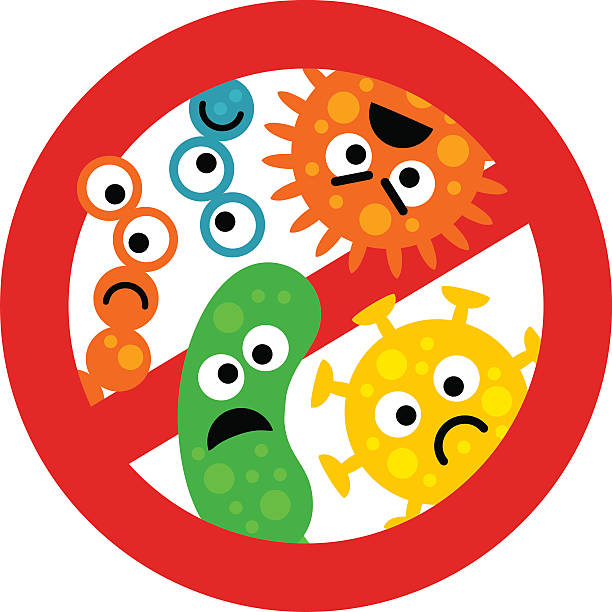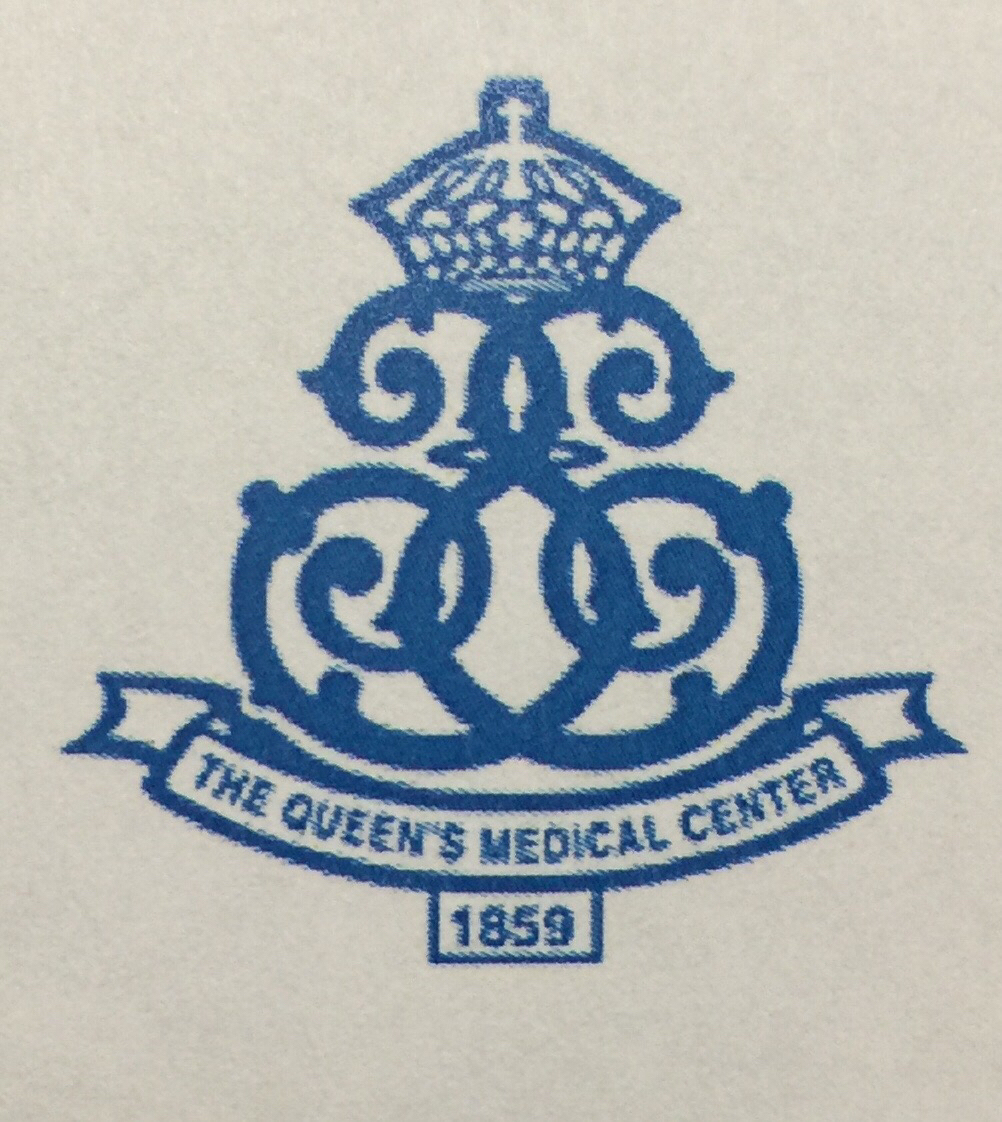Information
-
Document No.
-
Audit Title
-
Client / Site
-
Conducted on
-
Prepared by
-
Location
-
Personnel
I. General
-
ServSafe Certified Manager/Associate on site during hours of operation. Date of Certification complies with LOB recertification standard.
-
Licensed pest prevention contractor providing at a minimum monthly inspections. Reports available in file, and corrective actions completed.
-
Ecolab Service reports available (Monthly visit with dish machine / quarterly visit no dish machine). Corrective actions completed.
-
A documented Allergen Policy is available, knowledge of the major food allergens and their symptoms with supporting documents
-
Up to date permit available and posted as required by Health Department
-
Most recent Health Department inspection report available. Corrective actions assigned and completed within agreed due dates
-
Annual planned preventative maintenance program (ARAMARK or client program) in place for temperature controlled equipment i.e. refrigerators, freezers, hot / cold holding equipment, ice machines etc.
II. Personnel Standards
-
Employees wearing approved hats or hairnet, beard restraints worn, if beard longer than 1/4'', clean shirt/jackets/apron, clean pants, slip resistant shoes
-
Hands and wrists free from jewelry and watches (except 1 plain ring, no stones). Earrings are only 1/4'' diameter studs. Finger nails are free from polish and false nails
-
No eating, smoking, chewing gum, in food prep, storage or dish wash areas. Use approved area
-
Hands being washed at start of shift, before using gloves/changing gloves, after toilet, smoking
-
Use of utensils or food service single use gloves when handling ready to eat food or ice
-
Food service single use gloves changed in between tasks (hands must also be washed)
-
Employee drinks in lidded cup with straw. Stored below food prep and service areas
-
Cut glove worn when using & cleaning knifes. Food service single use glove worn over the top
-
All employee belongings stored away from food prep, storage, dish room areas i.e. designated lockers or in designated labeled storage bins
-
Aprons removed and hung in designated area when visiting bathroom or while on break
-
Cuts / wounds / burns covered with clean bandage and food service single use glove
-
Employees reporting illness i.e. vomiting, diarrhea, jaundice, sore throat with fever, & open sores excluded from handling food, ice, utensils, equipment & linens.
-
Dirty uniforms, aprons and wiping cloths (changed daily) stored in designated area
-
First aid supplies / employee medication properly labeled and stored to prevent cross contamination
III. Kitchen / Station Standards
-
Hand wash sinks convenient, accessible, hot & cold water (mixed water 100F), pressure, stocked with soap & paper towels. Hand wash poster (bilingual posted if needed). Not used for food production.
-
Trash bins conveniently located near hand wash sinks and stations. Emptied as required. Check for evidence of hand washing (i.e. paper towels).
-
Dish machine maintaining proper rinse temperature (180F). Verify by using digital thermometer or 160F surface test strip
-
3 compartment sink set up correctly (wash, rinse, sanitize). Verify water levels, wash water temp >110F and sanitizer concentration (Oasis 144 200ppm / Oasis 146 150-400ppm) with quat sanitizer test strips.
-
Sanitizer dispensers set up and dispensing sanitizer/water at correct conc. Oasis 144 - 200ppm / Oasis 146 150-400ppm
-
Automatic faucets provide water for a minimum of 15 seconds.
-
Clean pots, pans and small wares stored properly after washing and sanitizing i.e. air dry, and stored upside down. NSF approved containers used, and original food containers not reused for storage.
-
Clean utensils stored properly after washing and sanitizing i.e. air dry and store in dry container with handles all pointing in same direction
-
Plumbing properly installed and maintained i.e. no leaking sinks. Backflow preventor / back siphonage devices installed
-
Chemicals stored in designated area away or below food and drink items. MSDS sheets up to date and accessible
-
Walls, floors and drains maintained (no holes/missing tiles), clean, free of water/spills. Wet floors signs readily available
-
Walls, floors and drains maintained (no holes/missing tiles), clean, free of water/spills. Wet floors signs readily available
-
Overhead lights shatterproof or protected by light shields. No pins / tacks on notice boards above food / equipment areas
-
Damaged / broken equipment reported to management/client for repair with due date
-
Location free from pest activity i.e. mice droppings, flies, fruit flies, gnats, cockroaches, etc.
-
All food and packaging protected and stored off the floor on clean (non-rusty) shelves (6'' above floor)
-
Ice machine scoop(s) stored in dedicated container outside of machine. Dedicated ice carriers stored off the floor and upside down/covered
-
All rooms and areas vented as required. Ventilation/extraction systems above cooking/frying areas clean and maintained
-
Food in serving areas displayed behind sneeze guards or wrapped to prevent contamination
-
Plastic eating utensils in customer area displayed with handles all pointing in the same way. No re-use of plastic eating utensils (forks, knifes, and spoons)
IV. Process and Product Standards
-
Digital food thermometers available & verified as working correctly on a daily basis using the ice/water method 32F
-
Green detergent, Red sanitizer buckets or spray bottles (stored below) are available at all stations and prep areas. Wiping cloths are stored inside buckets and sanitizer concentration verified and documented using quat sanitizer test strip
-
Receiving: Refrigerated products delivered at 41F or below. Frozen products delivered frozen. (check product temperatures and record). Products within shelf life. Products labeled with received date to facilitate FIFO
-
Storage: Refrigerators between 34-40F. Food at 41F or below. Temperature taken from internal thermometer. (Test product temperatures stored in refrigerator)
-
Storage: Walk-in freezers at 0F or below, Reach-in at 10F or below. Temperature taken from internal thermometer
-
Storage: All products stored in refrigerator / freezer / dry storage rotated, labeled with name, prep date and use by date / best before date
-
Storage: Dry ingredients (tuna, mayonnaise etc), and fruit (melon and tomatoes) used for chilled products (i.e. tuna salad), chilled to 41F prior to use or chill to 41F within 4hrs prior to display or service
-
Storage: Refrigerator / freezer - Raw foods (including shelled eggs) stored below ready to eat foods. Produce segregated
-
Storage: Canned foods free from dents, leaks, rust or swelling
-
Thawing: Products thawed using approved standard. Products not thawed at room temperature
-
Prep: Color cutting board used correctly (sign displayed). Not damaged or deeply grooved <br>RED for raw<br>GREEN for vegetables<br>WHITE for Ready to Eat foods
-
Prep: Supplied previously unwashed Vegetables, Fruit (including melons), herbs washed prior to use.
-
Cooking: Raw animal foods cooked to proper internal cooking temperature. (Test food and check records)
-
Hot holding: potentially hazardous foods (TCS)*: Product temperatures are 140F or above. (Test food and check records)
-
Reheating: Products reheated to 165F. (Test food and check records)
-
Reheating: Microwave Foods are heated ≥ 165° and allowed to stand covered for 2 minutes after cooking
-
Cooling: potentially hazardous foods (TCS)*. Cooled from 140F to 70F within 2 hours. 70F to 41F within 4 hours. Test food and check records. (Check cooled foods in refrigerators)
-
Cold holding: potentially hazardous foods (TCS)*: Product temperatures at 41F or below. (Test food on salad bars / grab and go displays)
V. External Areas
-
External garbage container covered/lidded and maintained
-
Clean and stocked restroom facilities. Self closing door. Hand wash poster
-
Location free from pest activity i.e. mice droppings, flies, fruit flies, gnats, cockroaches, etc.
VI. General Observations
-
Location has acceptable standards of cleanliness
-
Location is well organized
-
Additional comments or findings
-
Surveyor Signature
-
Select date









